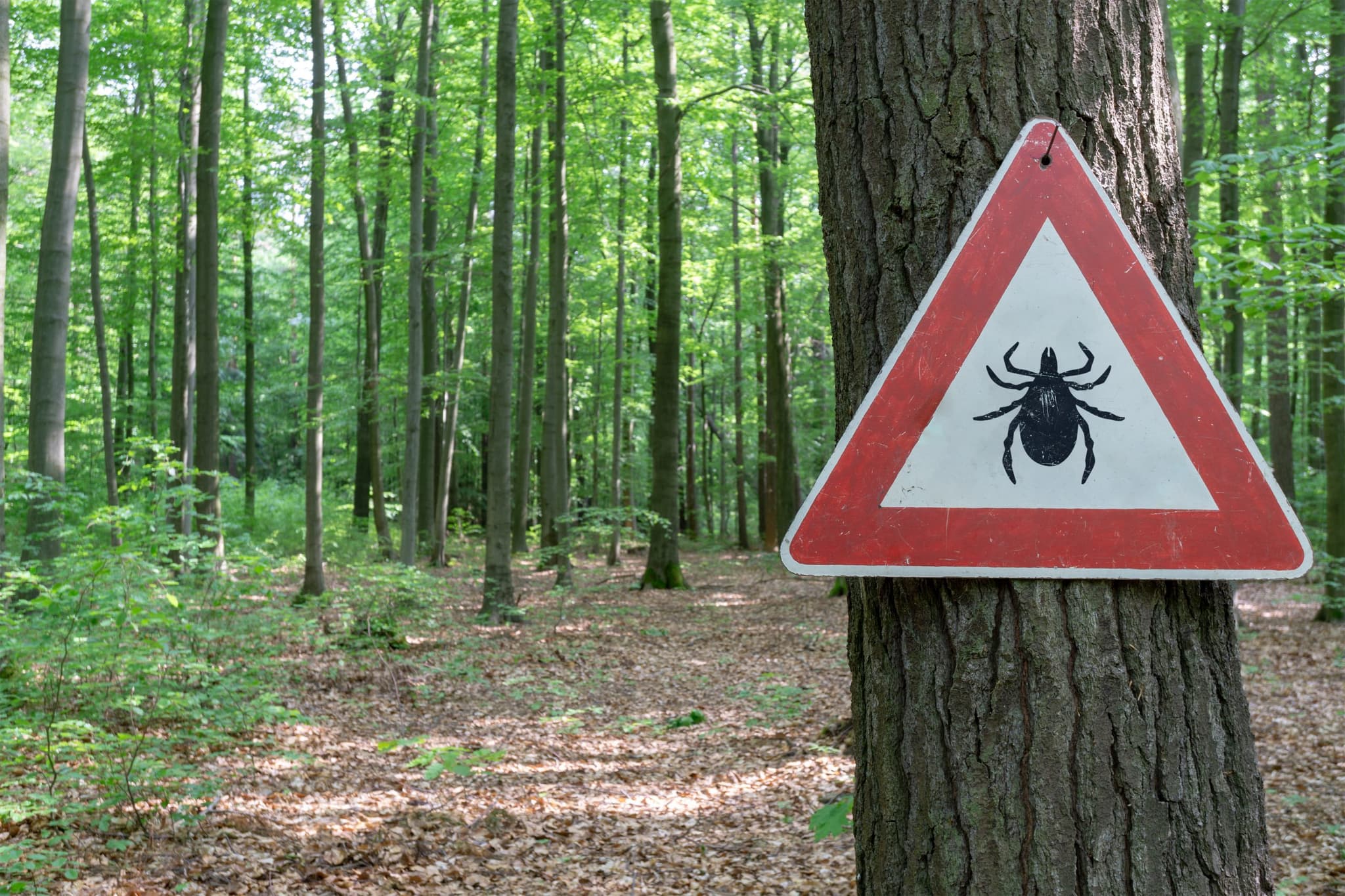
2025-11-21T14:10:25
How to Prevent Gestational Diabetes
- Family Medicine
- Internal Medicine
- OB/GYN
September 13, 2018 | Family Medicine
Specialties:Family Medicine
Children are more susceptible to heat exhaustion and heat stroke than healthy adults, which is why it’s essential for parents to know how to recognize the signs and symptoms of heat stroke and how to prevent it.
Typically heat stroke occurs when a person’s core body temperature reaches 105 degrees Fahrenheit, but this number varies from person to person. That is why it is so important to recognize when your child begins to develop heat exhaustion. Signs of heat exhaustion include the following:
If left untreated, heat exhaustion can quickly turn into heat stroke. Heat stroke is a dangerous and life-threatening condition, and it should be treated as a medical emergency. Signs of heat stroke include:
If your child demonstrates any of these symptoms, get him or her to the nearest hospital as soon as possible. Your reaction time could mean the difference between life and death.
Babies, unlike toddlers, cannot express pain verbally. For this reason, you need to be extra vigilant when out with your infant on a hot day. Some signs of heat stroke to watch out for in infants include:
If you suspect that your baby has heat stroke, call 911 right away. While waiting for the paramedics to arrive, try bring down your child’s internal temperature:
It doesn’t take much to prevent heat stroke in your little one:
Heat stroke can be extremely dangerous and even deadly. By familiarizing yourself with the causes and symptoms, you can protect your little one and ensure that he or she stays healthy and happy in the heat. To learn more about how you can keep your child healthy, talk to your doctor.
WRITTEN BY:
The Live Better Team

2025-11-21T14:10:25

2025-11-03T11:32:24

2025-10-21T11:51:52

2025-08-20T16:07:59
This information is not intended to replace the advice of a medical professional. You should always consult your doctor before making decisions about your health.